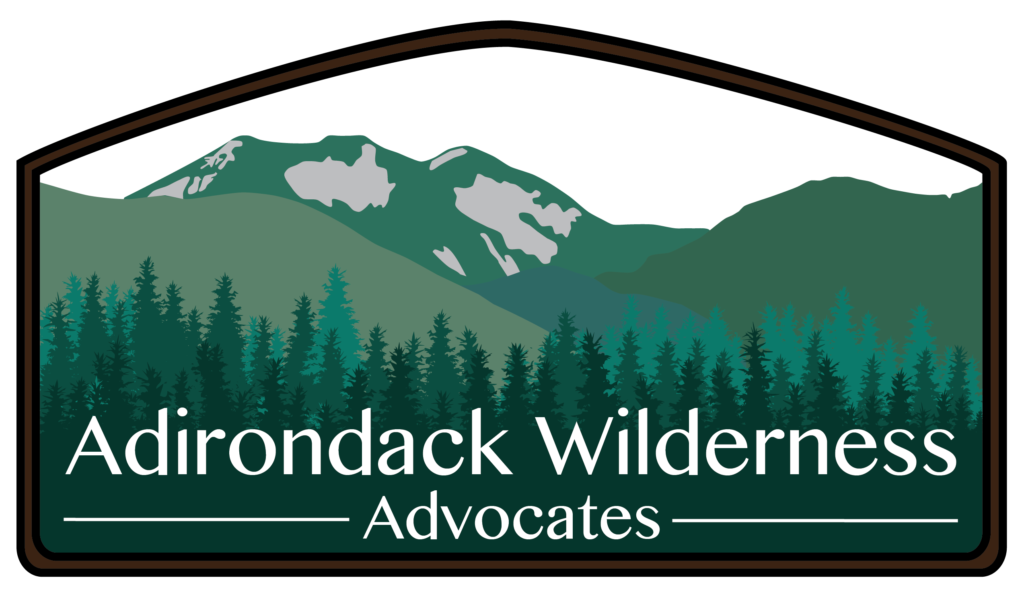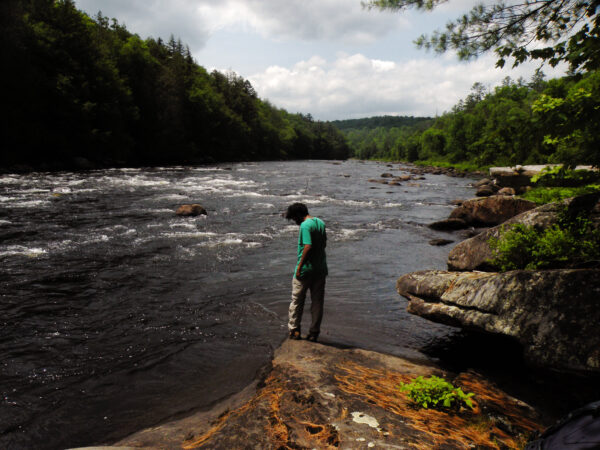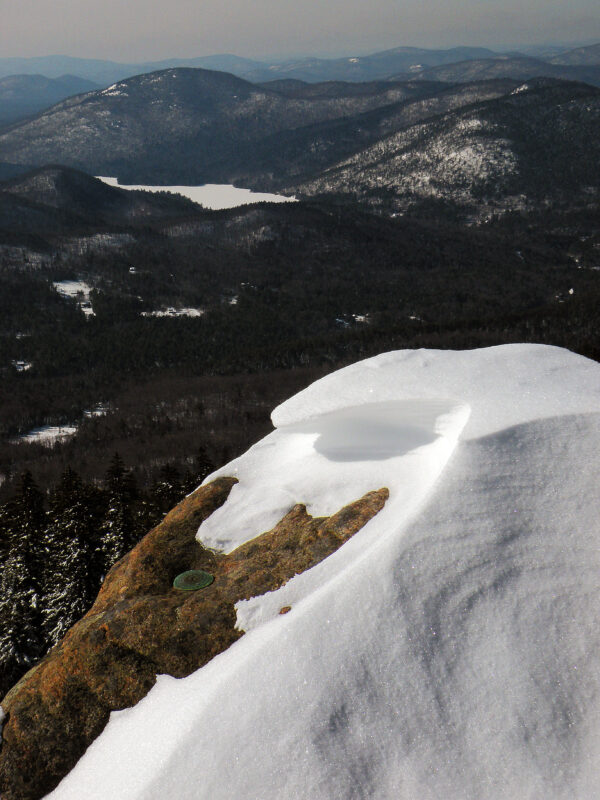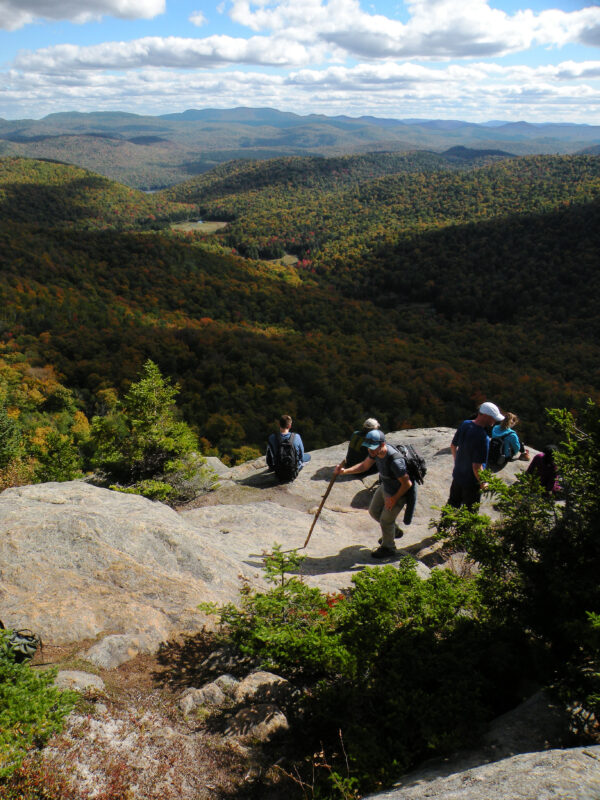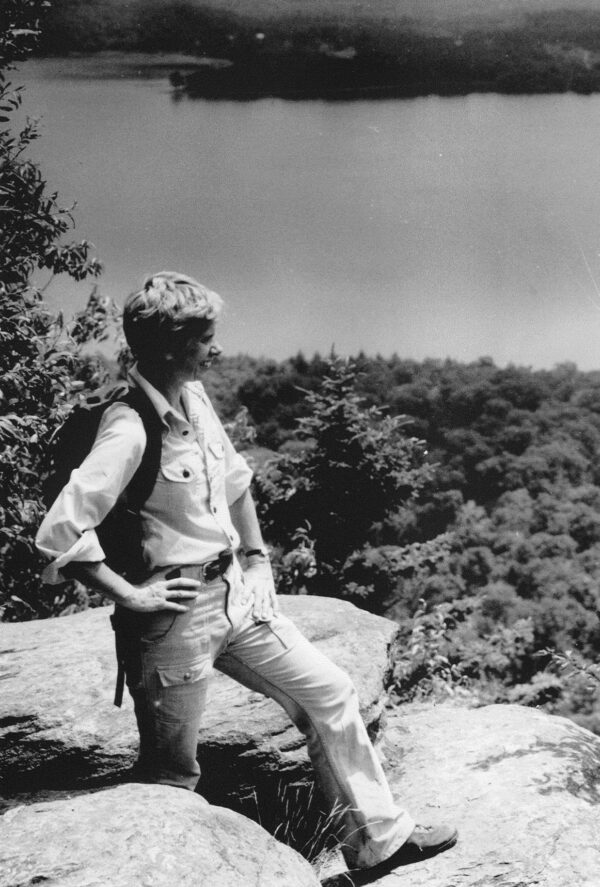No commentary. No words. Just images of places in the Adirondacks where the only forces at work are natural ones.
Paul Schaefer’s Winter Ascent
Part 3 of 3 Automobiles enabled a new generation of suburbanites from the Mohawk and Hudson valley regions to begin visiting the mountains more frequently. Some of these people acquired rustic cabins built by the early homesteaders and converted them into camps. Paul Schaefer, a contractor from Schenectady, was one such person.
The Paint Mine and the Tower
Part 2 of 3 Locals regarded Crane and Huckleberry mountains as places to pick berries—specifically blackberries, raspberries, and huckleberries (blueberries)—as well as a source of paint pigment and other minerals. Outsiders, however, viewed the mountain in terms of its recreational potential.
The Lady of Crane Mountain
Part 1 of 3 The former Crane Mountain guide and log skidder also returned annually to the Adirondacks, where she continued to feel a connection to the rugged landscape and the people who sought a living there.
So Much Work to Be Done
Part 4 of 4 I believe that it is important to know the history of Adirondack trails in order to participate in the public process of creating plans for the units of the park. So, I have written this to give perspective to those who will do the planning.
An Advocate for Trails
Part 3 of 4 Here this account takes on a new perspective, because I view what happened during the past quarter century as one who was actively involved. In the early 70s I completed my graduate work, started hiking again, and became an advocate for trails. As an advocate for dispersing hikers throughout the Park, I was frustrated from the start in ways I never expected.
